What do National Geographic, Watford and ALDI Lancaster have in Common ? All were built on innovation developed in Lancaster 🙂
Today was a great event in Lancaster’s long and exciting history – ALDI has opened a new store about 2 minutes walk from our head office in the White Cross Business Park in Lancaster. As well as an excuse to go and browse DIY hardware in the middle isle whilst shopping for a snack, it’s worth considering for a moment a little bit of relatively unknown history of the site – the birthplace of commercial rotogravure printing – and how innovation and discoveries there changed the world and Watford !!!
If you run your fingers across a banknote and the ink feels raised, chances are the banknote has been printed using rotogravure – a printing method using etched metal cylinders. In fact, any mass produced high quantity imagery you can still find in magazines and newspapers, high photo quality publications such as National Geographic, and passports, stamps, postcards, and similar printed items that require high quality imagery or an “intaglio” raised ink “feel” are printed with this “recess” printing process – invented in Lancaster at Queen’s Mill – now the site of ALDI Lancaster.
In 1849, the White Cross became the founding location of the Storey Brothers and Co – a company specialising in manufacturing oilcloth – a durable, waterproof, wipeable oil (and later plastic) coated fabric sometimes decorated with motifs and colours. Their products were exported all around the world for over a 100 years – from table coverings to curtains, wall coverings and later pioneering PCV wallpapers and other decorative items. Both Storeys and nearby Williamson’s – (who’s founders worked together on St George’s Quay making oilcloth sails for ships) – later employed thousands of local people and made Lancaster a global name for coated fabrics. They also changed the face of Lancaster, with Thomas Storey and James Williamson (aka Lord Ashton) building local landmarks such as the Storey Institute, Royal Lancaster Infirmary, Lancaster Town Hall, Williamson Park and many other civic installations.
Less well known is the innovation culture that drove the Storey Brothers company – many of whom were chemists and engineers. One such innovation was the invention of industrialised rotogravure – still used today around the world. Whilst many sources say that rotogravure was of German origin, it was actually first commercially used in Lancaster. The Storey Brothers for some years prior to 1890 were researching a way of improving their processes to enable higher quality decorative patterns to be printed onto the fabrics they sold. Up to this point a block or manually engraved based printing methods were being used in printing roller presses, however etching/block cutting was slow and labour intensive, and pattern complexity was limited. Mass production was needed.
In 1890 a Czech artist named Karel Klíč visited Storeys in Lancaster who had heard from a German friend working in Accrington they were interested in high quality printing. For decades Klíč had been perfecting a sheet fed printing gravure process using carbon paper to rapidly etch copper plates from photographic negatives in hours known as photogravure – previously manually etched plates took weeks. These could then be used to directly print high quality images onto a substrate. However to make a challenging continuous “roller fed” process, Klic’s innovation used softer copper cylinder rollers and special gravure “screen” with a “doctor blade” to remove excess ink. Whilst Klic cracked the etching process, it was not until he was able to work with Storeys and its expert employee Samuel Fawcett (a plate engraver) that they were able to industrialise the innovative photomechanical method together in 1892 and make it work reliably with high speed reel fed “web” (paper or fabric)- inventing industrialised rotogravure.
The partnership between Klíč, Fawcett and Storey Brothers (who funded it) worked well and the quality of the process was perfected and tuned for mass production in Lancaster. In 1895 they established the Rembrandt Intaglio Printing Company at Queens Mill (now the site of new Lancaster ALDI) to expand their expertise and for the next 10 years had a global monopoly on printing of this type and quality – with the company branching out into general printing, but staying focused on artwork. As well as improving magazines and newspaper inserts, this brought art to the masses allowing famous paintings and photographs to be mass produced as low cost prints and in newspapers (going from photo negative to 1000’s of prints in the same day), bringing famous images and artwork into households around the world – democratising art for the masses.
Storeys and Klíč held the process as a trade secret but didn’t properly patent it, with only one employee allowed into the secretive “yellow room” in Storey House (near Milliamp HQ), White Cross Mills before plates were sent to Queen’s Mill. In 1906 they marketed the first multi-colour gravure print – globally groundbreaking. However there was already trouble – in 1903 one of the employees stole the trade secret that had given Lancaster its monopoly and took it to the USA, and with the secretive know-how now escaping around the globe the Rembrandt Intaglio Printing Company went into decline over the next 20 years.
In 1923 the company was sold to Sun Engraving, which would later become Sun Printers in Watford, one of the founding businesses that built the massive Watford printing industry which printed most newspapers and magazines in the UK and became the biggest printing center in the world between 1920 to 1960. Many of the Rembrant Lancaster staff had headed south with their work, so Sun Printers continued to expand their expertise in rotogravure and achieved a number of world firsts to great accolade in the 1920s and 1930s. Sun Printers later merged with Odhams which was later owned by Robert Maxwell and then merged with other printers to form what today is Reach (previously Trinity Mirror) which today publishes 240 regional papers in addition to a number of UK papers. Historians say that “Watford’s greatest contribution to printing is all the innovative work that was done at the beginning of the 20th Century in colour reproduction” and key to this was rotogravure – invented in Lancaster.
Today rotogravure still is used to print high quality, high quantity imagery that require an “intaglio” premium quality or raised ink “feel”. However the core industrial process used is virtually similar to that invented in Lancaster over 125 years ago. So when browsing ALDI Lancaster, if you pick up a magazine in-store looking at great photos of the middle isle gadget, pay with cash and feel the raised printed graphics on the banknote or show your passport as ID, remember that the printing process used to make all those items was invented there over 125 years ago !!!
The value of innovation can never be underestimated, and in particular a small team of inventors can change the world !!! Had the Storey Brothers and Klíč thoroughly patented their invention globally instead of keeping it a risky trade secret, maybe Lancaster would be a different place today – and so might Watford – but maybe we wouldn’t have a new ALDI in Lancaster 2 minutes walk from Milliamp !
Here at Milliamp Technologies we are an innovation focused technology design and manufacture company and always aim to assist our customers in protecting their intellectual property as robustly as possible. In addition to our electronics and firmware design services, we are able to provide a number of advisory services including patent guidance/signposting and IP protection expertise including robust hardware and software anti-cloning mechanisms and reverse engineering countermeasures to ensure that your development can be commercialised to its fullest potential !!!
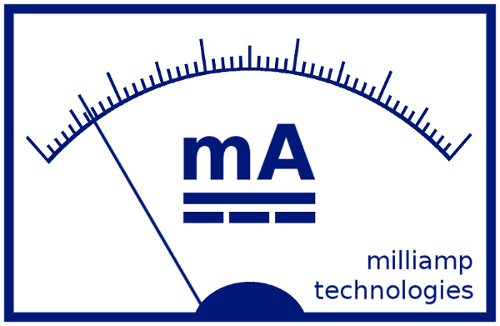
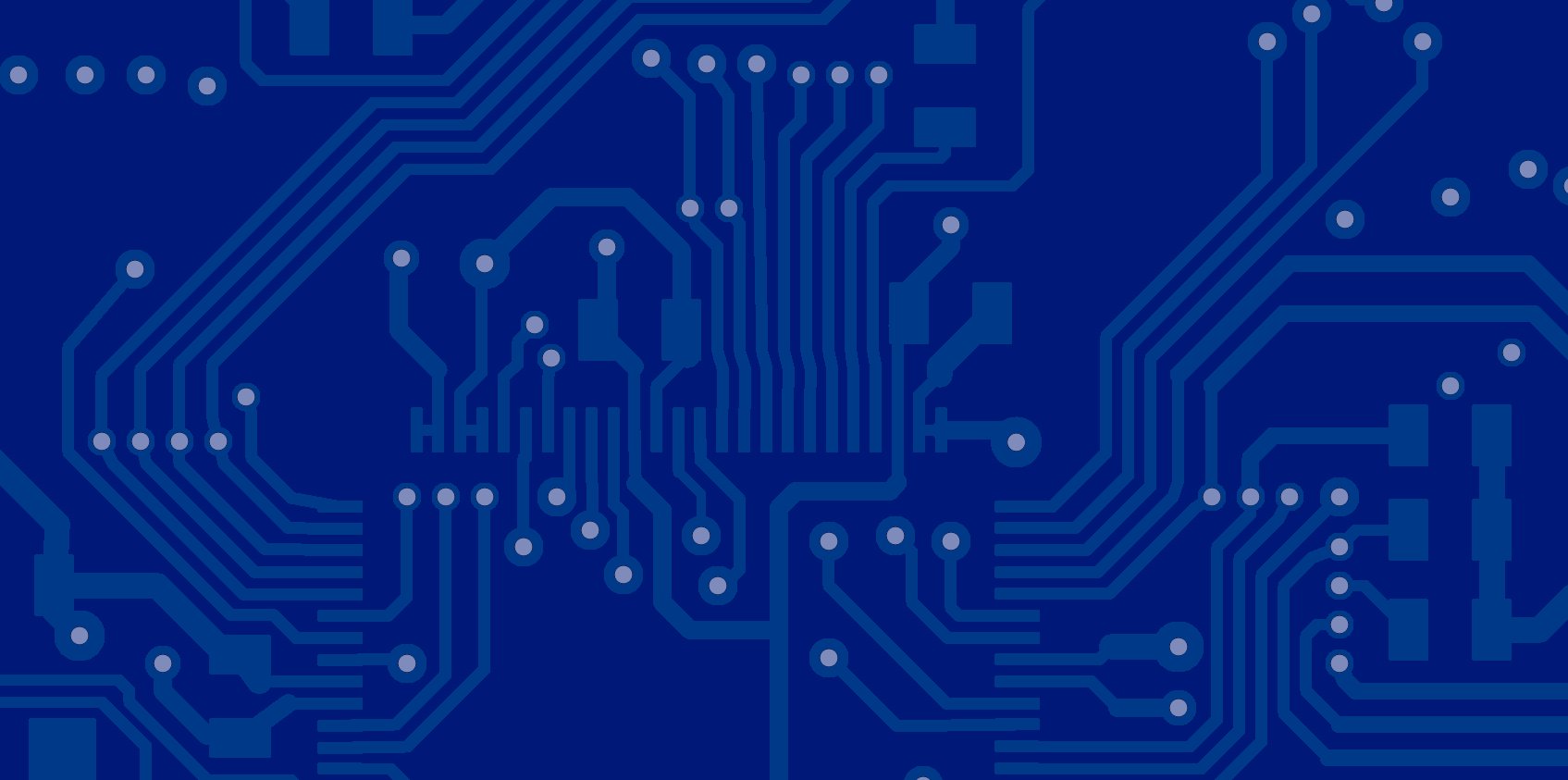
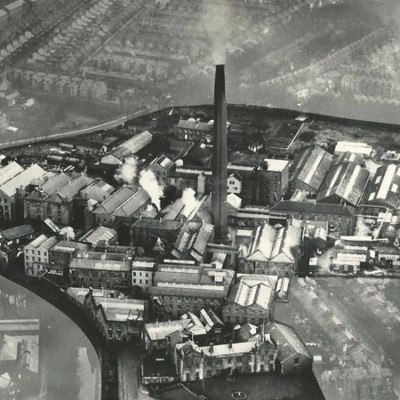
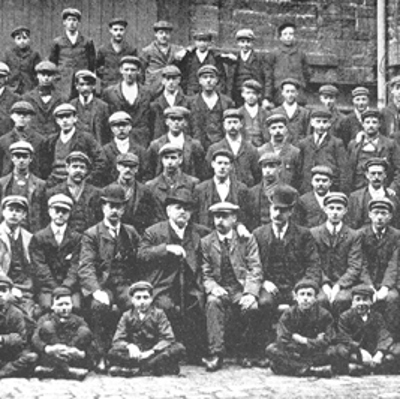
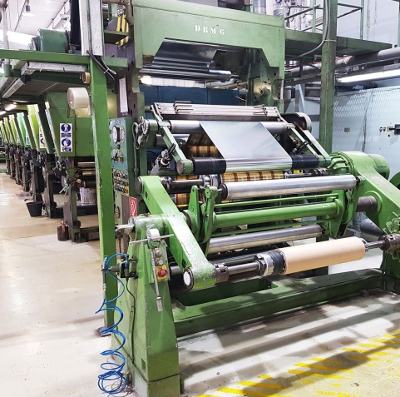
Leave a Reply
You must be logged in to post a comment.